Kawasaki reveals a hydrogen-powered Ninja H2 prototype at Suzuka, marking a bold step in Japan’s push for clean mobility through the HySE alliance.

Subscribe to our Telegram channel for instant updates!
In the race toward a cleaner automotive future, Japan is once again ahead of the curve, not by doubling down on electric vehicles, but by charting an alternative course: hydrogen power.
As global climate concerns accelerate policy shifts and consumer demand for sustainable transport, electric vehicles (EVs) have risen as the champion of the low-emission era. However, even as EVs dominate headlines, Japan is looking beyond the lithium-powered paradigm. The country’s major automotive players believe the future of mobility may lie not solely in electric batteries, but in hydrogen combustion.
A Crisis Driving Innovation
Decades of dependence on fossil fuels have culminated in a climate emergency, pushing both industry and government to fast-track alternatives. While EVs have addressed many environmental concerns, they are not without limitations, ranging from long charging times to resource-intensive battery production. These issues have created space for a new solution to emerge, one that could combine the best of both worlds: the performance of combustion and the cleanliness of electricity.
Enter hydrogen.
Kawasaki’s Hydrogen Debut at Suzuka
At the renowned Suzuka Circuit, Kawasaki stunned the industry by unveiling the world’s first public demonstration of a hydrogen-powered motorcycle from a mass-production brand. The prototype, based on the formidable Ninja H2, comes with a supercharged 998 cc four-cylinder engine that runs exclusively on hydrogen. Its fuel is stored in canisters cleverly shaped like saddlebags, integrating innovation with tradition.
What makes this motorcycle even more significant is the backing it has received. Kawasaki isn’t going it alone, the project is part of a broader collaboration under the banner of HySE (Hydrogen Small Mobility and Engine Technology), which includes Suzuki, Honda, Yamaha, and Toyota. This coalition of Japan’s automotive titans signals a united commitment to reshaping personal mobility for the hydrogen age.
Not Just Hype: Hydrogen’s Real Potential
Kawasaki claims the hydrogen bike retains the raw auditory and tactile feedback riders expect from traditional combustion engines, all while emitting mainly water vapour and only trace amounts of CO₂. This stands in stark contrast to EVs, which are often criticised for their lack of engine character and emotional engagement.
Yet challenges remain. Hydrogen infrastructure is sparse, storage is complex, and efficiency still lags behind battery EVs. However, as battery production faces its own criticisms, particularly regarding ethical sourcing and environmental degradation, the hydrogen route may offer a cleaner and more sustainable long-term option, especially for high-performance applications such as motorcycles.
A Glimpse Into the 2030s
Kawasaki’s target for commercial release sits in the early 2030s—a realistic horizon that allows time for infrastructure development, technological refinement, and public adaptation. With Toyota leading parallel hydrogen efforts in the automotive world, and Yamaha exploring hydrogen-powered engines for other mobility platforms, the HySE alliance could soon become the global benchmark for alternative propulsion.
Conclusion: Hope or Hype?
While EVs remain dominant for now, hydrogen’s appeal lies in its ability to merge environmental responsibility with performance and emotion. Kawasaki’s prototype may still be in its infancy, but it represents a bold step forward. It is an embodiment of Japan’s drive to innovate beyond convention.
Whether hydrogen will truly reshape the mobility landscape or serve as a niche complement to electric power remains to be seen. But one thing is clear: the future of the combustion engine may not be over, it might just be getting a second, cleaner wind.



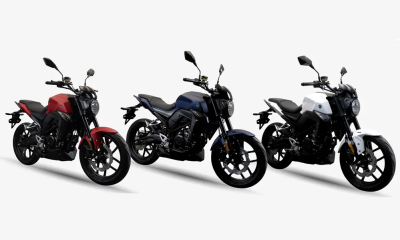
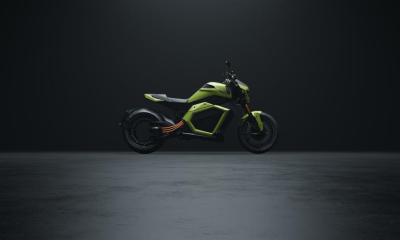






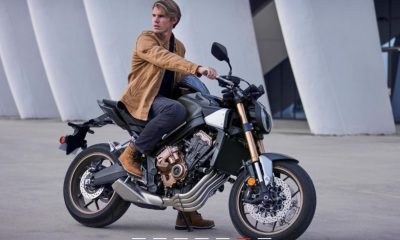
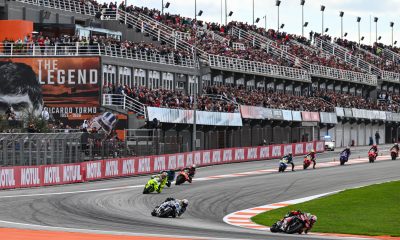

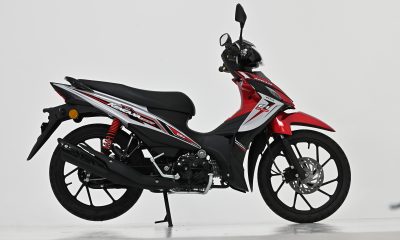
















Facebook
Instagram
X (Twitter)
YouTube
LinkedIn
RSS